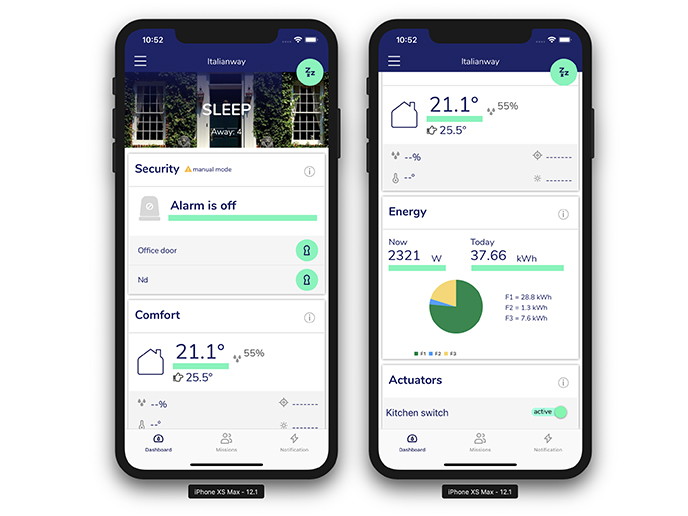Intelligent, low-cost monitoring solution for more energy-efficient and safer homes based on long-range technology
The EU-funded Socialsmartgrid project (now known as homy) set out to meet the primary needs of families, namely access control, connectivity and energy savings on electricity consumption, heating and cooling. Overall, “the goal was to complete the development of an app and hardware sensors necessary for enabling users to install inexpensive devices in their homes that could really contribute to energy savings, greater safety and comfort,” says project coordinator Manuel Zanola. The project’s answer came in the form of homy, an integrated hardware and software platform designed for energy utilities and energy companies. “We can customise the hardware and software to tailor the solution to large customers,” he adds. “This is done by making the product something that helps customer retention thanks to real added value – savings – offered to users through the monitoring platform.” Smartphone app to improve home energy consumption and safety Depending on whether residents are at home, away or in bed, homy remotely monitors and manages energy consumption, the electrical and heating systems, and unusual or suspicious activity. To do so, it regulates indoor temperature, optimises electricity consumption and sets the alarm system. Users can see their total and partial consumption in real time. This awareness should lead to considerable savings. homy keeps an eye on homes while owners are away for short or long periods. They also have the option of watching over their house from afar. With their smartphone, users can download the free app from the Apple Store and Google Play, then select and purchase the most suitable homy products, services and devices for their homes. After installation, they simply follow the instructions given on the app. homy is easily delivered to homes, and can be activated by simply scanning the QR code. Depending on individual needs, one or more sensors can be effortlessly installed and connected. The sensors operate on a single battery for several years, helping to facilitate installation and maintenance. A triple encryption key makes the entire process completely safe. Energy community corrects the grid’s consumption curve An innovative aspect of homy is a feature that enables users to receive requests for cooperation from their energy utility company. When energy consumption increases in a certain area, a user may be invited to go on an ‘energy mission’, explains Zanola. These missions involve anticipating or postponing consumption peaks within the day, such as operating a washer or dryer at a later time. Users who successfully reduce consumption earn and accrue energy coins or reward points that are redeemable at the homy shop. In addition to products like sensors, actuators and the base station, they can purchase boilers, refrigerators and air conditioners or professional services such as home supervision. “Buying groups make the user feel like part of a big community, where together they have more purchasing power and save money,” says Zanola. The homy product is ready for white-label marketing. Hardware is based on long-range technology, but it’s possible to request a version based on Narrowband Internet of Things. The project team has signed the first contracts with major customers who have already tested the technology.
Keywords
Socialsmartgrid, home, homy, app, sensors, safety, comfort, energy savings, electricity consumption, monitoring platform

